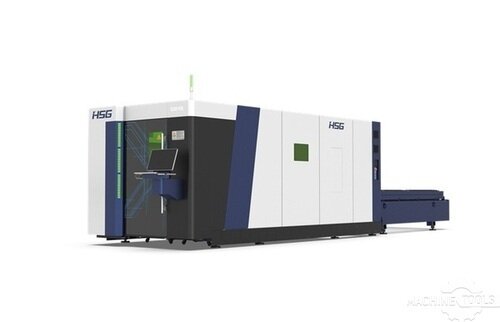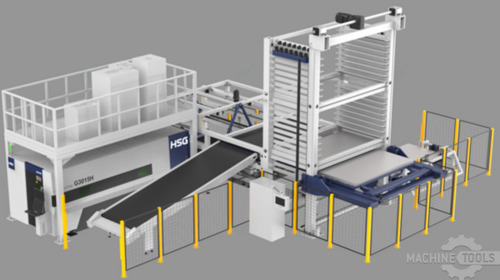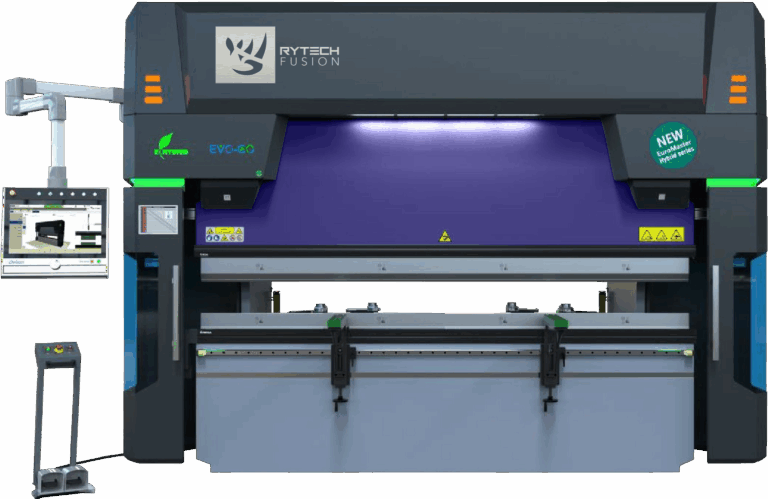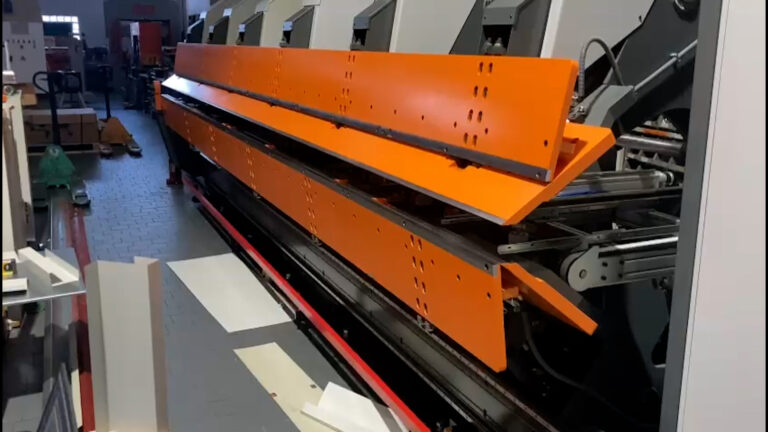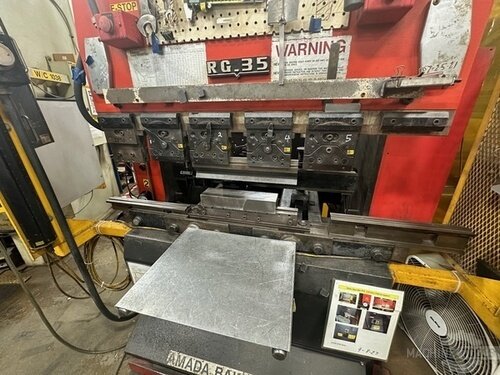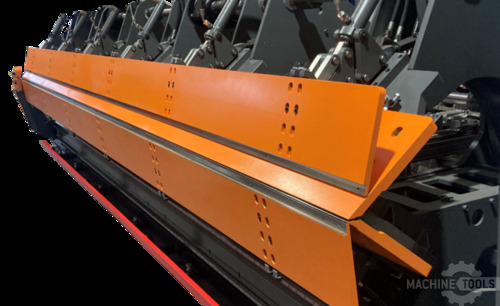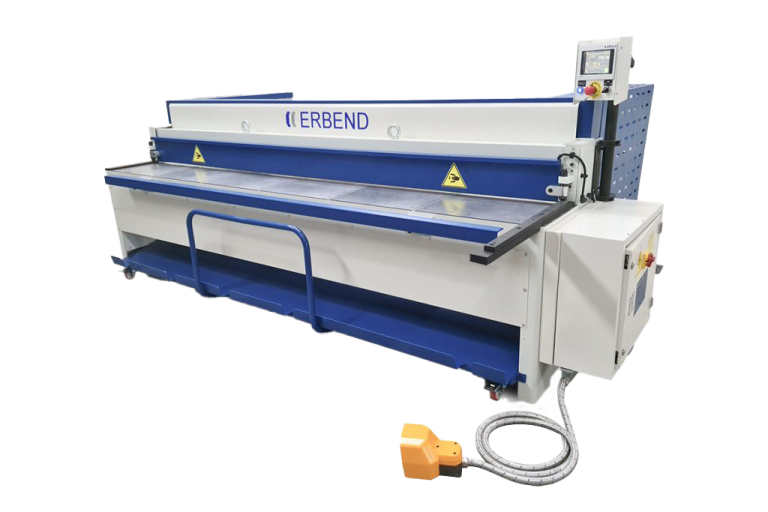Investing in 2D laser machines can be a game-changer for your manufacturing process, offering precision, speed, and efficiency. However, making the right investment requires careful consideration of several key factors. In this article, I will guide you through the essential aspects to evaluate when choosing a 2D laser machine, ensuring that you make a smart, value-driven decision that enhances your production capabilities.
Understanding the Basics of 2D Laser Machines
2D laser machines are versatile tools used in various industries for cutting, engraving, and marking materials with high precision. These machines utilize a focused laser beam to cut through materials such as metal, plastic, and wood, making them indispensable in manufacturing, automotive, and aerospace sectors. Understanding the basic components and functionalities of these machines is crucial for making an informed investment.
When considering a 2D laser machine, it’s essential to familiarize yourself with its core components, including the laser source, cutting head, and control system. The laser source determines the machine’s power and efficiency, while the cutting head and control system influence its precision and ease of use. By understanding these basics, you can better assess which machine will meet your specific needs and production goals.
Evaluating the Precision and Accuracy of Lasers
Precision and accuracy are paramount when it comes to laser cutting. The ability of a 2D laser machine to produce clean, precise cuts can significantly impact the quality of your final product. Factors such as beam quality, focal spot size, and machine stability play a critical role in determining the precision of the laser.
To evaluate a machine’s precision, consider its repeatability and tolerance levels. Repeatability refers to the machine’s ability to produce consistent results over multiple runs, while tolerance indicates the allowable deviation from the desired dimensions. High-quality 2D laser machines offer tight tolerances and excellent repeatability, ensuring that your products meet stringent quality standards.
Assessing the Speed and Efficiency of 2D Lasers
Speed and efficiency are crucial factors that can affect your production timelines and overall profitability. A 2D laser machine’s cutting speed is influenced by its power, the type of material being cut, and the thickness of the material. Higher power lasers can cut through thicker materials more quickly, but it’s essential to balance speed with precision to avoid compromising quality.
Efficiency also encompasses the machine’s ability to minimize downtime and maximize throughput. Look for features such as automated loading and unloading systems, advanced nesting software, and real-time monitoring capabilities. These features can significantly enhance your production efficiency, allowing you to meet tight deadlines and increase your output.
HSG G3015X 6KW
HSG-G3015H V2.0-STORE PRO3015 10 SHELF
Importance of Software Compatibility in Laser Machines
Software compatibility is a critical aspect of modern 2D laser machines. The software controls the machine’s operations, from design and programming to cutting and engraving. Ensuring that the laser machine is compatible with your existing software systems can streamline your workflow and reduce the learning curve for your operators.
When evaluating software compatibility, consider the machine’s ability to integrate with popular CAD/CAM software and its support for various file formats. Additionally, look for user-friendly interfaces and advanced features such as simulation and optimization tools. These features can enhance your design capabilities and improve the overall efficiency of your production process.
Maintenance and Durability Considerations for 2D Lasers
Investing in a 2D laser machine is a significant commitment, and ensuring its longevity and reliability is essential. Regular maintenance is crucial to keep the machine operating at peak performance and to prevent costly breakdowns. Consider the manufacturer’s maintenance requirements and the availability of service and support when making your decision.
Durability is another critical factor to consider. High-quality 2D laser machines are built to withstand the rigors of continuous operation and harsh industrial environments. Look for machines with robust construction, high-quality components, and a proven track record of reliability. Investing in a durable machine can reduce downtime and maintenance costs, ultimately providing a better return on investment.
Cost vs. Value: Making a Smart Investment in 2D Lasers
While the initial cost of a 2D laser machine is an important consideration, it’s essential to evaluate the overall value it provides. A higher-priced machine may offer advanced features, better performance, and greater reliability, ultimately delivering a better return on investment. Consider the total cost of ownership, including maintenance, operating costs, and potential productivity gains.
When assessing cost vs. value, also consider the machine’s potential to enhance your production capabilities and open up new business opportunities. A high-quality 2D laser machine can improve your product quality, reduce lead times, and increase your competitive advantage. By focusing on the long-term value rather than just the initial cost, you can make a more informed and strategic investment.
FAQ
What materials can 2D laser machines cut?
2D laser machines can cut a wide range of materials, including metals (such as steel, aluminum, and copper), plastics, wood, and composites.
How do I determine the right laser power for my needs?
The right laser power depends on the type and thickness of the material you plan to cut. Higher power lasers are suitable for thicker materials, while lower power lasers are ideal for thinner materials and fine details.
What are the maintenance requirements for 2D laser machines?
Regular maintenance includes cleaning the optics, checking and replacing consumables, and ensuring proper alignment of the laser components. It’s essential to follow the manufacturer’s maintenance guidelines to keep the machine in optimal condition.
Can 2D laser machines be integrated with existing production systems?
Yes, many modern 2D laser machines offer software compatibility and integration capabilities with existing CAD/CAM systems, allowing for seamless workflow integration.
What safety measures should be in place when operating a 2D laser machine?
Safety measures include proper training for operators, using protective equipment, and ensuring the machine is equipped with safety features such as emergency stop buttons and protective enclosures.
How do I evaluate the precision of a 2D laser machine?
Evaluate the machine’s repeatability and tolerance levels, as well as the quality of the beam and focal spot size. High-quality machines offer tight tolerances and consistent results.
What factors influence the cutting speed of a 2D laser machine?
Cutting speed is influenced by the laser power, material type, and material thickness. Higher power lasers can cut thicker materials more quickly, but it’s essential to balance speed with precision.
Investing in a 2D laser machine is a significant decision that can greatly impact your production capabilities and profitability. By carefully considering factors such as precision, speed, software compatibility, maintenance, and overall value, you can make an informed choice that meets your specific needs. If you need expert advice or assistance in selecting the right 2D laser machine for your business, feel free to reach out. I’m here to help you make the best investment for your future success.
Get Weekly Mac-Tech News & Updates

